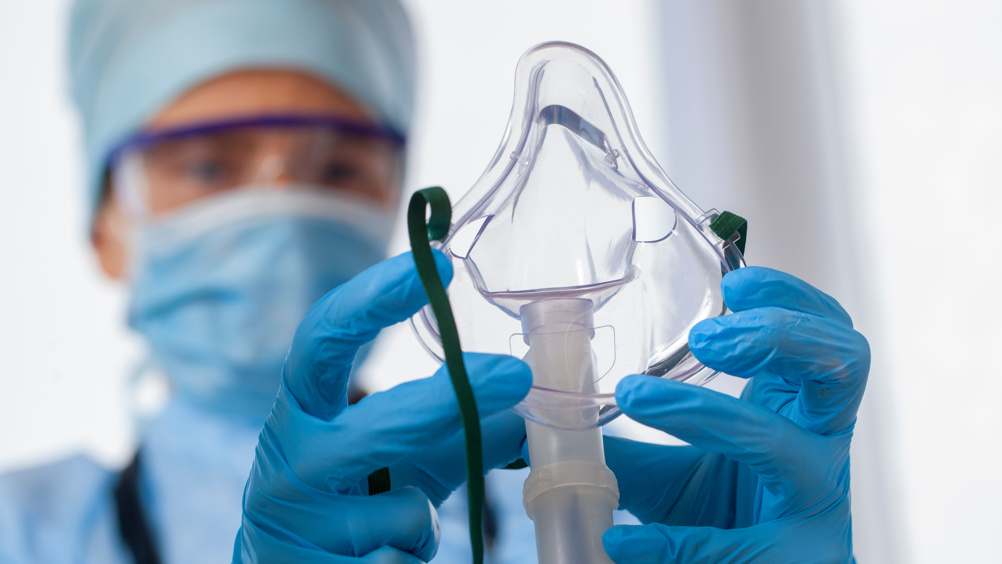References
Skin lesions resulting from use of personal protective equipment in the context of COVID-19: a cross-sectional study

Abstract
Objective:
During the SARS-CoV-2 (COVID-19) pandemic, to prevent the transmission of the virus, the use of personal protection products and equipment were recommended by international and national organisations. The need to use it more frequently and for a long time can damage the skin of health professionals. The aim of this study was to estimate the prevalence and factors associated with skin lesions in health professionals resulting from the use of personal protective equipment (PPE).
Method:
This was a cross-sectional exploratory study through an online questionnaire. The first part of the questionnaire collected socio-labour characterisation data and the second part related to exposure factors. The variables were analysed according to the prevalence and the odds ratio (OR), within a 95% confidence interval (CI).
Results:
Of the 398 participants who met the inclusion criteria, 65.3% were self-diagnosed with skin lesions: 37.3% with pressure injury, 25.8% with contact/allergic dermatitis and 2.7% with acne. Regarding the use of PPE, of the 240 professionals who reported using an N95 mask, 80.4% developed injuries, 70.4% of which related to a work regime of >6 hours per day (OR: 2.08, 95% CI: 1.79–2.42).
Conclusion:
The results of this study showed a significant prevalence of skin lesions in health professionals. Among exposure factors, the N95 mask and goggles stand out. Longer or more frequent exposure time to personal protective products and equipment proved to be important factors to be considered.
The transmission of SARS-CoV-2 (COVID-19) among humans has occurred worldwide and happens mainly through contact with respiratory droplets.1,2,3,4 The incubation period lasts an average of 5–6 days, ranging from 0–14 days.5
In Brazil, the first confirmed case of COVID-19 was registered on 28 February 2020, with exponential progression throughout the country. The health system overload caused a significant impact, particularly on the absence of health professionals (due to illness with the disease), a worrying reality according to data from the Federal Nursing Council (Conselho Federal de Enfermagem-COFEN)6 and other entities. For example, in Rio de Janeiro, in April 2020, >1200 public health professionals were absent from work.7
To prevent transmission, measures have been recommended in relation to the use of products and personal protective equipment (PPE) by national and international organisations.8,9,10,11 Such measures aim to avoid the collapse of care systems, especially in high-complexity healthcare services. Among them, there are consensual recommendations for products for use directly on the skin, such as soaps and antiseptics, in addition to the rational use of surgical masks, aprons, gloves, glasses or facemasks, and during procedures that generate aerosols in patients with COVID-19, where use of the following is mandatory: N95/FFP2 mask, coat, gloves, eye protection and apron.11
Register now to continue reading
Thank you for visiting Journal of Wound Care's World Union of Wound Healing Supplement and reading some of our peer-reviewed resources for healthcare professionals. To read more, please register today.
